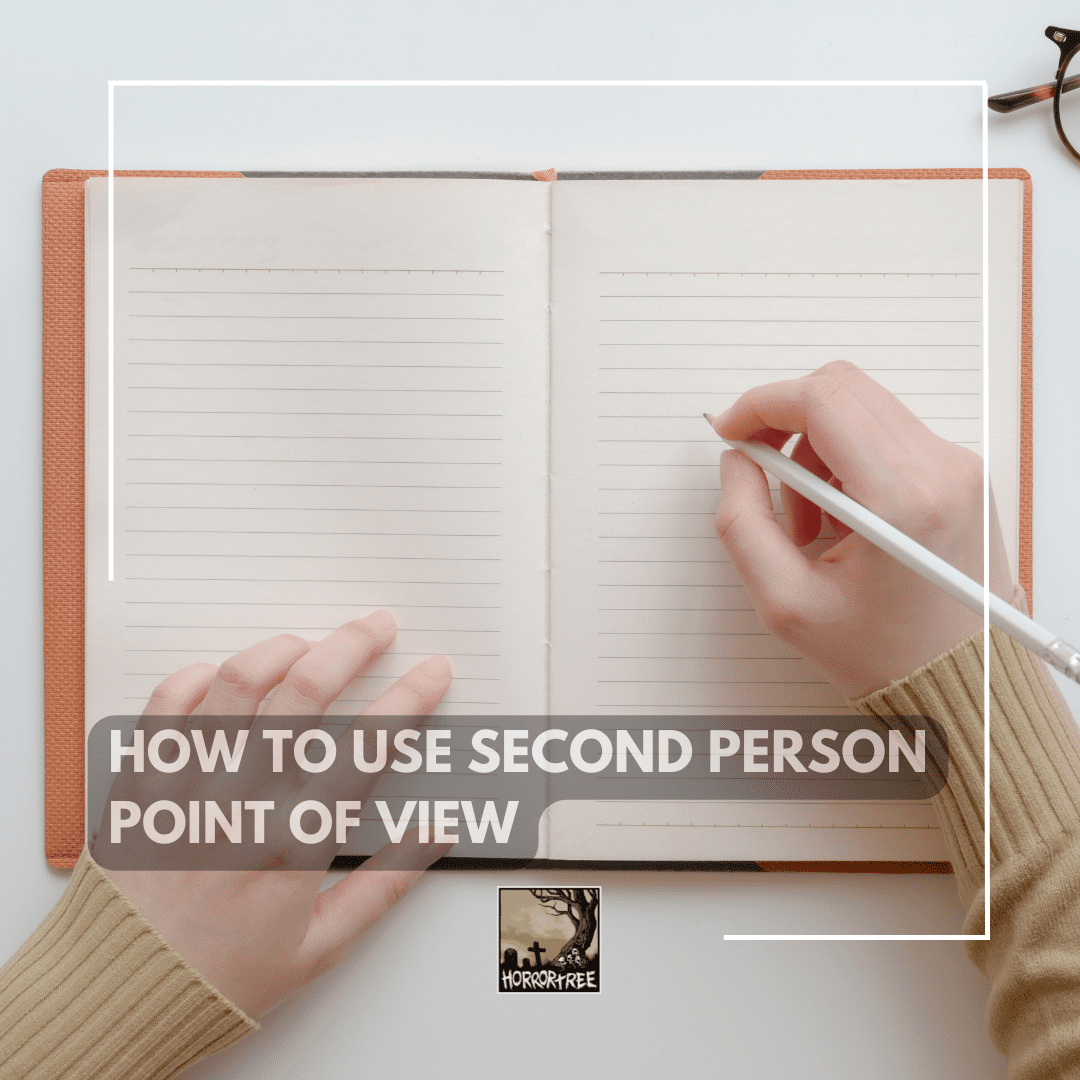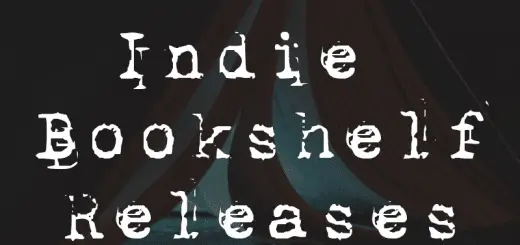How to Use Second Person Point of View

How to Use Second Person Point of View
by Melody E. McIntyre
The two most used points of view in fiction are first and third person. First-person is directly from the main character’s point of view using “I” pronouns. Some famous examples are The Hunger Games trilogy and Catcher in the Rye. Third person can also be from the main character’s point of view, but uses their name and he/she/they pronouns. Third person is probably the most common way of writing. Non-fiction is most often in third person, and some famous examples of fiction are The Stand by Stephen King and the Game of Thrones series. But what about second person point of view?
Second-person POV is directed at an audience, like this article is. It is written using “you” pronouns. You may be more familiar with it than you realize. Letters, correspondence, emails, are all in second person. An unusual and daunting POV for some, second person is the rarest of the three in fiction. But using the second person can produce some interesting and unique stories. In this article, I will discuss some common uses for the second person POV in fiction, along with examples, to give you ideas how you might use it in your own fiction.
Choose Your Own Adventure
My earliest experience with this style of writing was the classic Choose Your Own Adventure series I read as a child. Each one was written as though I were the main character, addressing me as “you” and at the end of each section, I got to make a choice about what would happen next. Often, the stories were adventures in the jungle or mysteries full of danger and I, the reader, would have to choose carefully lest the story come to an end. Then, it was back to the beginning of the story to try again and see how far along I could get. These books were wonderful because they offered multiple endings and a different reading experience each time I read them (at least until I exhausted all the options). The goal was always to read as long as possible and get the most satisfying ending, and, of course, I would cheat mercilessly to do so.
The series may have peaked decades ago, but since 2016, Chooseco, the company that owns them, has sold over 16 million copies of the original books and produced more than 50 new titles. Today, interactive fiction is found more in games, but even outside of game writing, it could present an interesting opportunity for you, as a writer, to develop a unique experience for your reader.
Epistolary Fiction
As I mentioned, we write our letters, emails, etc. in the second person naturally. Epistolary fiction is a style where all or some of the writing is in the form of correspondence. Telling fiction this way can be difficult in that the writer must reveal the story through the character’s writing instead of through their own narrative voice. Traditional examples are Bram Stoker’s Dracula and Mary Shelley’s Frankenstein. The benefit of writing like this is the letters offer the opportunity to really dive into a character’s voice in a way that third, or even first, person doesn’t allow. First and third can show the character’s thoughts, but generally, thoughts are short and private. When people write for a specific audience, that also shapes what they say and how they say it. As a writer, this can allow you to display different facets of the character. How people write to a business partner over an intimate one is very different.
Today, there are a multitude of ways to correspond with people – email, text, letter, social media. The opportunities to experiment with this style of fiction are vast. An excellent collection that I reviewed for this site is Dead Letters: Episodes of Epistolary Horror, edited by Jacob Stephen Mohr. The types of correspondence in this collection include everything I have mentioned, but also, new and interesting ones, like game walkthroughs. All of which is a form of second person.
Other Stories
Second person is used in the Choose Your Own Adventure series and in games to make the reader feel like they are the main character. In epistolary, correspondence is naturally in second person and often is told by multiple characters. An entire book in second person from one point of view is rare, but I read one many years ago I want to discuss.
Stolen: A Letter to my Captor by Lucy Christopher is about a teenage girl, Gemma, who is kidnapped by an older boy, Tyler, who takes her to the Australian desert. While he holds her captive there, Gemma is wholly dependent on him and develops a form of Stockholm Syndrome. The entire book takes the form of a long letter/journal entry from Gemma to Tyler and is mostly in second person. Not only does Gemma tell the story, but she is also exploring her complicated feelings and dealing with the situation he put her in. The narration is compelling, and made all the more so, because it’s told in second person, directly from victim to kidnapper.
Using Second Person
Writing fiction in the second person may take a bit more work and imagination to use, but the style offers many unique and diverse ways to present a story. If you are interested in trying it out, I suggest looking at the works I mentioned, and any others you can find, to get a sense of what others have done that works for you and to see what doesn’t work for you. The next best step would be to start small. Pick a character from one of your works in progress, or a finished one, and write a letter from them to someone else. Think about why they are writing this letter, and how they would shape their words for that audience. Then try having them write to someone else or have the other character write back. Even if you don’t end up using these letters, it can be a good exercise to get inside your character’s heads in a new way.
Second person point of view stories are rare, but when done right, they provide a new experience for both the writer and reader to experience fiction. Even if you, as a writer, decide that, in the end, it’s not a format you enjoy, there is still something to be learned from trying it out. And who knows, maybe you’ll fall in love with it and come up with even more ways to use it in your stories.
Source: Choose Your Own Adventure: https://en.wikipedia.org/wiki/Choose_Your_Own_Adventure












